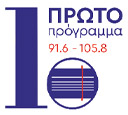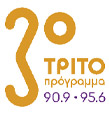Tetraevangelion from Adrianople
Tetraevangelion.
14th century.
ΒΧΜ 1618
The manuscript (codex) contains the text of the four Gospels. Its folios are made of hard parchment (specially treated animal skin). The text occupies a single column, arranged in 20 lines and is written in black and gold. The beginning of each Gospel is adorned at the top with a long and multicolour headpiece, whereas the left page is accompanied by a full-page portrait of the respective Evangelist. The binding (cover) consists of two wooden boards, each covered by a silver gilt plaque with the high-relief representations of the Crucifixion (front) and the Descent into Hades (back).
The relatively small size of the Gospel (18x12cm) leads to the assumption that it possibly served as a private devotion object. Therefore, the book was not used in church, but belonged most likely to an individual for personal use by himself and his close family or friends. The handwritten copying of text and the rendering of polychrome miniature illuminations, decorated letters or headpieces required skilled labour of several months. Hence, the undertaking was very expensive and only wealthy individuals could afford to commission, pay for and possess such lavish objects.
The codex was listed in the Refugee Heirlooms inventory of the Byzantine & Christian Museum around 1940; however, it may have entered the Museum up to ten years earlier. It comes from Adrianople in the European portion of Turkey, very close to its present borders with Greece and Bulgaria. The presence of the Greek community in the region was strong until 1922, when the city’s Greek population (around 30,000 inhabitants) sought refuge in Greece.


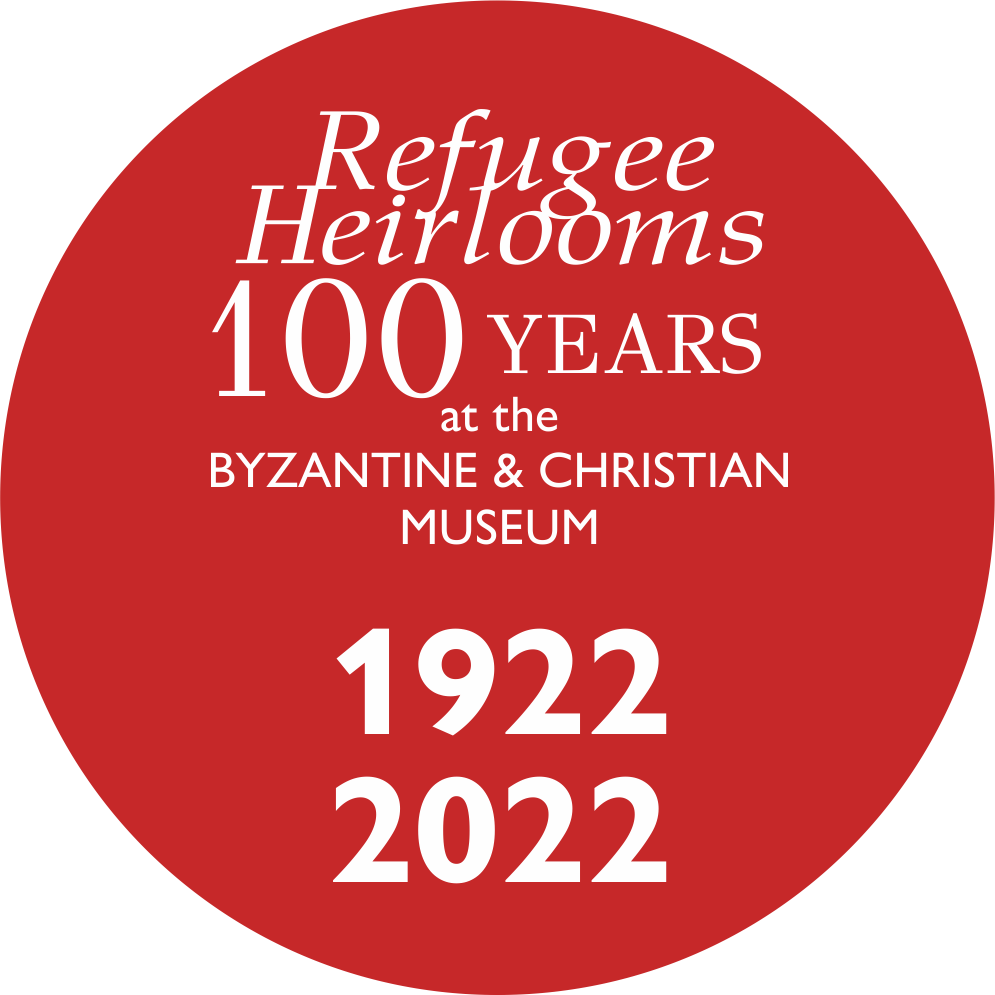
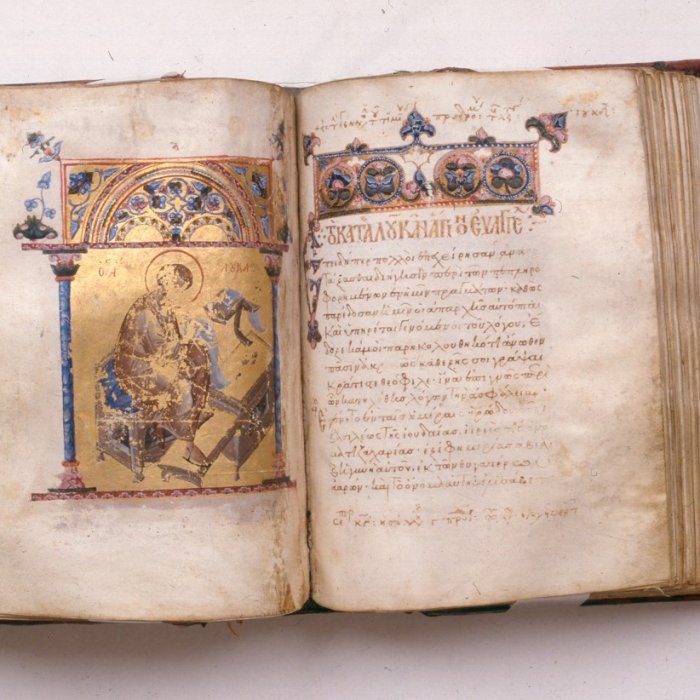
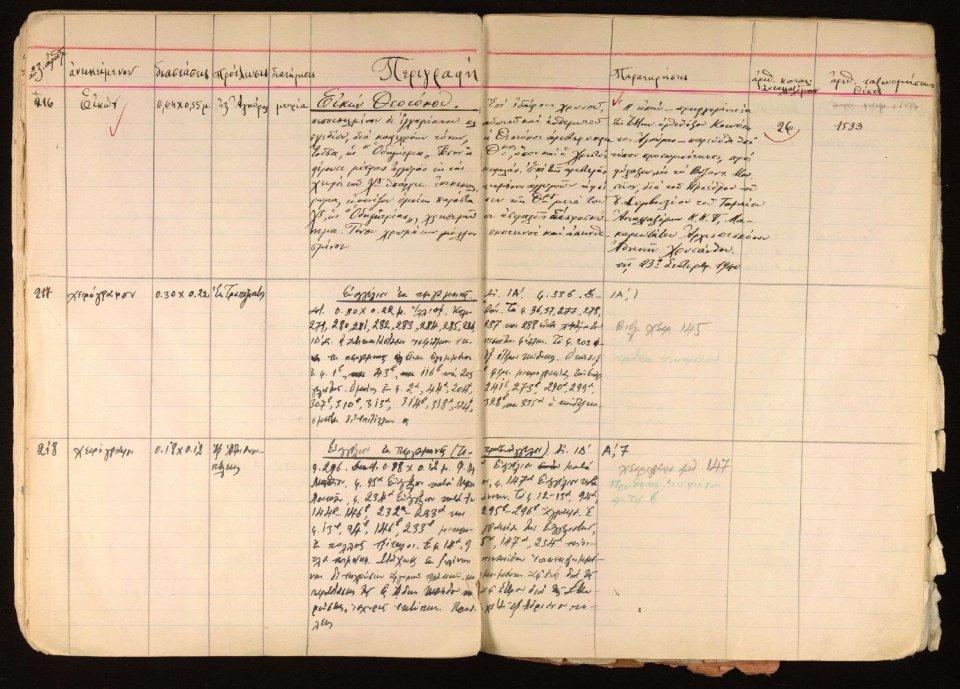
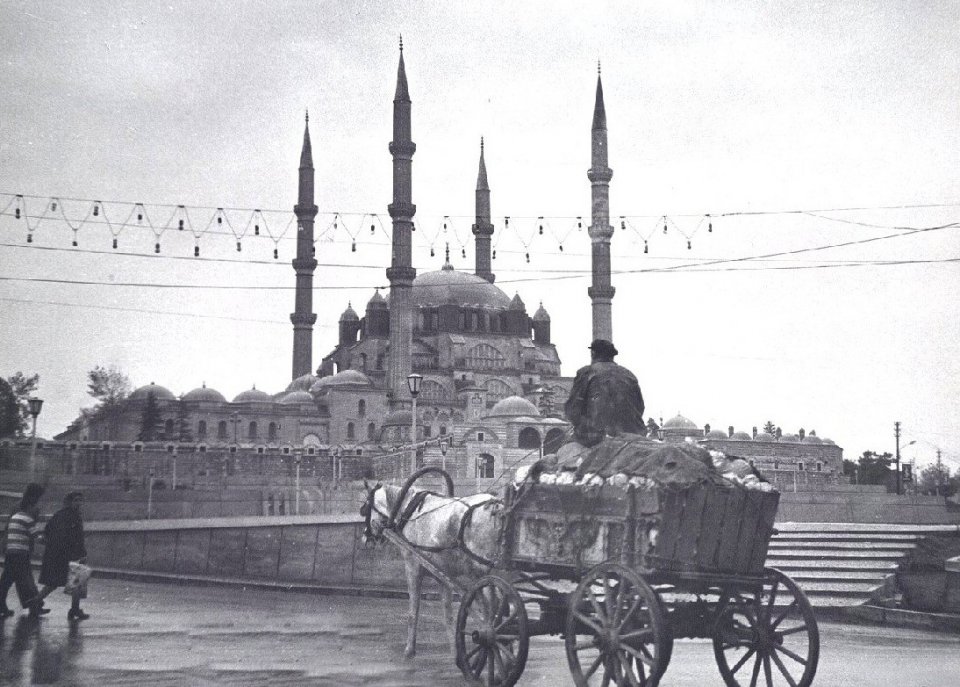
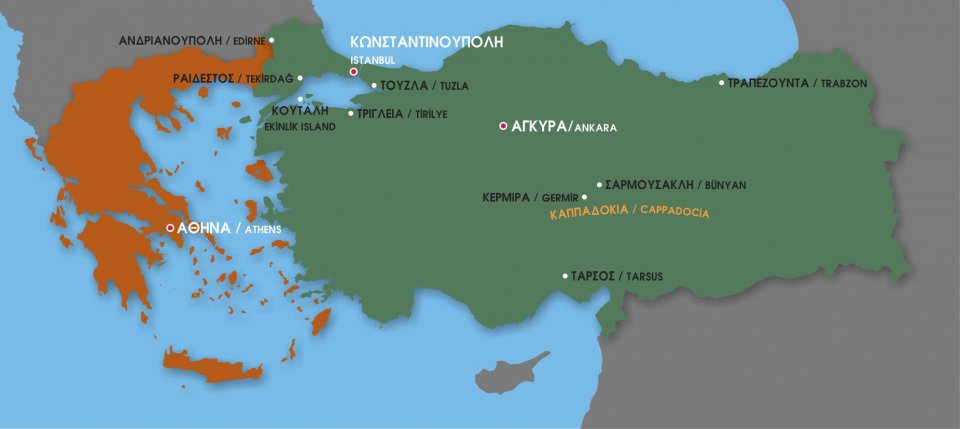
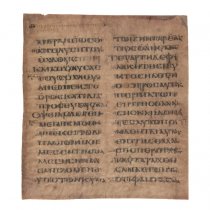 Purple Gospel
Purple Gospel .jpg) The double-sided icon from Tuzla
The double-sided icon from Tuzla .jpg) An emblematic refugee “relic”
An emblematic refugee “relic” 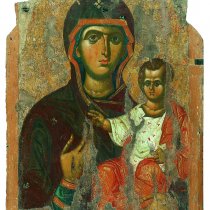 A byzantine Hodegetria
A byzantine Hodegetria 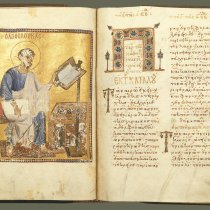 An Evangelistary from Trebizond
An Evangelistary from Trebizond .jpg) A significant Palaeologan work
A significant Palaeologan work 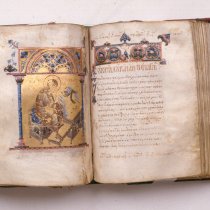 Tetraevangelion from Adrianople
Tetraevangelion from Adrianople .jpg) A Cretan icon from Eastern Thrace
A Cretan icon from Eastern Thrace .jpg) “Joined in matrimony”
“Joined in matrimony” 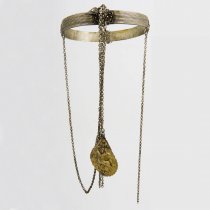 A peculiar neckband
A peculiar neckband 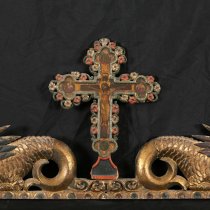 Fragmented memory
Fragmented memory .jpg) Zumzud, the pilgrim
Zumzud, the pilgrim .jpg) A refugee heirloom in “Russian style”
A refugee heirloom in “Russian style” .jpg) An unusual “icon” from Cappadocia
An unusual “icon” from Cappadocia .jpg) "He (the Lord) keeps all their bones …" (Psalm 33: 21)
"He (the Lord) keeps all their bones …" (Psalm 33: 21) .jpg) A Karamanli icon
A Karamanli icon 
